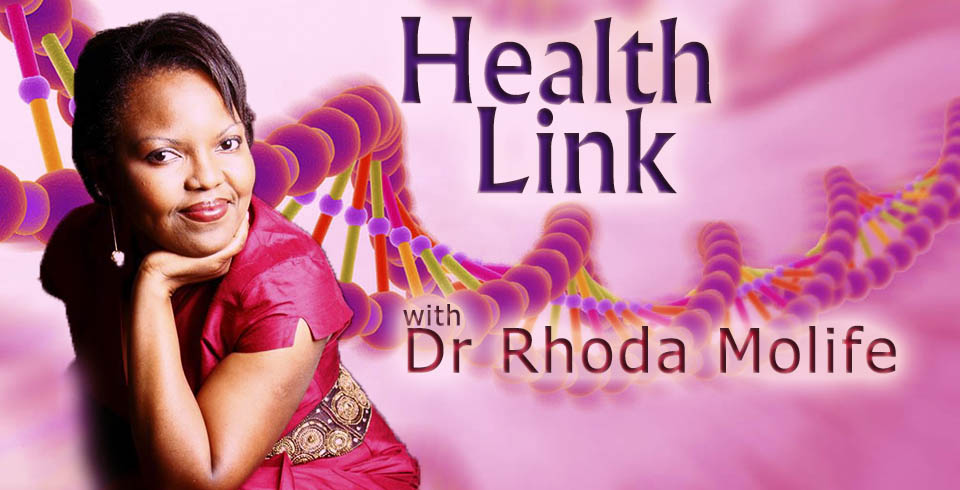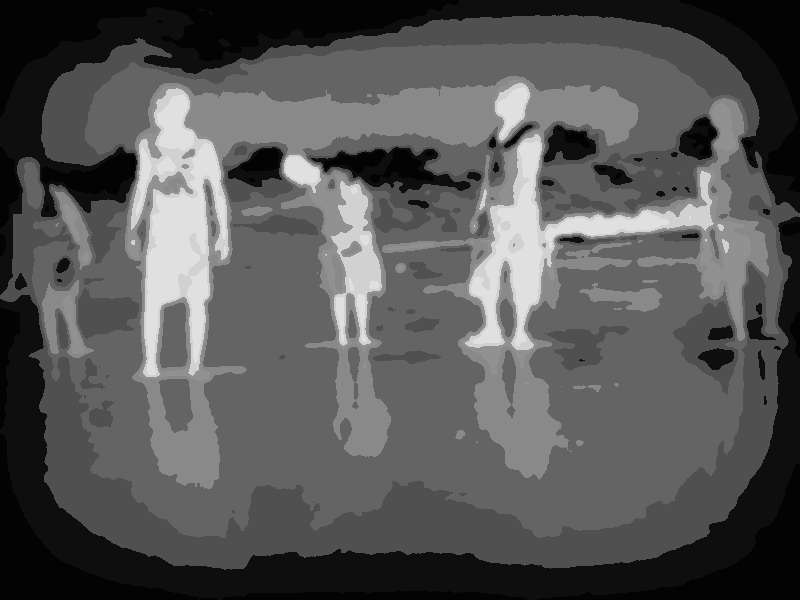There are several different ways to treat cancer. The treatment of choice depends on many factors such as a person’s fitness levels and general health, what that person prefers to do, the location of the cancer, it’s size, and whether it has spread elsewhere. Cancer treatments can be either ‘local’ treatments or ‘systemic’ treatments.
- Local treatments like surgery or radiotherapy treat cancer that is confined to one area.
- Systemic treatments like chemotherapy, hormonal therapy and biological therapy treat cancer that is in more than one part of the body. Systemic means that the treatment can get around the whole body through the bloodstream.
The best treatment to offer a patient is usually discussed by a team of doctors and nurses made up of:
- an oncologist – a doctor who specializes in the treatment of cancer
- a surgeon – a doctor who treats diseases using surgery (an operation)
- a pathologist – a doctor who examines and identifies diseases by examining cells and tissue in the lab
- a radiologist – a doctor who specializes in diagnosing diseases using x-rays and scans
- a specialist cancer nurse – a nurse that specializes in the care of people with specific cancers.
For a lot of cancers a combination of treatments is usually needed. Let’s discuss local treatments first:
Surgery
Surgery is used to remove many types of cancer. It’s mostly used when a cancer is small and located in one place, before it has spread. Sometimes surgery can be used to remove metastases (secondaries or cancer that has spread), but only when the metastases are in one area, or if removing them will improve a person’s condition.
Surgery is the best chance of curing a cancer when the cancer is small and before it has spread. So early diagnosis is really important. Some types of cancer surgery are:
- mastectomy – removal of a breast because of breast cancer
- prostatectomy – removal of the prostate gland because of prostate cancer.
After surgery, the cancer that was removed is examined by a pathologist. The pathologist can tell how aggressive the cancer is and whether all of it was removed. This information is used to decide whether any other local or systemic treatment is needed. For example, the pathologist might see that a cancer is aggressive or goes to the edge of the area that was operated on. This means there is a high chance that the cancer will come back. If this is the case, for some cancers like breast cancer, more treatment is needed after surgery. Treatment after surgery is called adjuvant treatment. Adjuvant treatment mops up any remaining cancer cells that the surgeon could not see. Sometimes other treatment, usually chemotherapy, is needed before surgery to make a cancer smaller and easier to remove – this is called neo-adjuvant treatment.
Radiotherapy
Radiotherapy uses high-energy x-rays to kill cancer cells and shrink cancers. Radiation damages the genetic material in cancer so that the cancer cells die. Nearby normal cells can also be damaged by radiotherapy, but they usually recover. So radiotherapy has to be directed only at the cancer, so that normal cells are not damaged too much. To help normal cells recover, radiotherapy is given in small daily doses, called fractions, so that normal cells have time to recover. Radiotherapy can be given externally or internally to the area affected by a cancer.
Radiotherapy can cure some cancers. Other cancers may be cured with a combination of surgery followed by radiotherapy followed by chemotherapy. Yet other cancers are best treated with a combination of radiotherapy and chemotherapy given at the same time – called chemo-radiotherapy. Radiotherapy can also be used to treat pain caused by cancer without necessarily curing it. But some cancers are not sensitive to radiotherapy at all.
Radiotherapy like any treatment has side effects. These depend on the area that is getting radiotherapy. The general side effects are tiredness, sore skin and hair loss in the area getting radiotherapy. All these improve a few weeks after radiotherapy is finished.
Next article – systemic treatments
If you have any questions or comments email: health.ed@zimlink.org





















[…] There are 3 main types of treatment for cancer – surgery, radiotherapy and chemotherapy. The previous post described surgery and radiotherapy, which are local treatments used to treat cancers confined to one area http://www.zimlink.org/cancer-treated/ […]